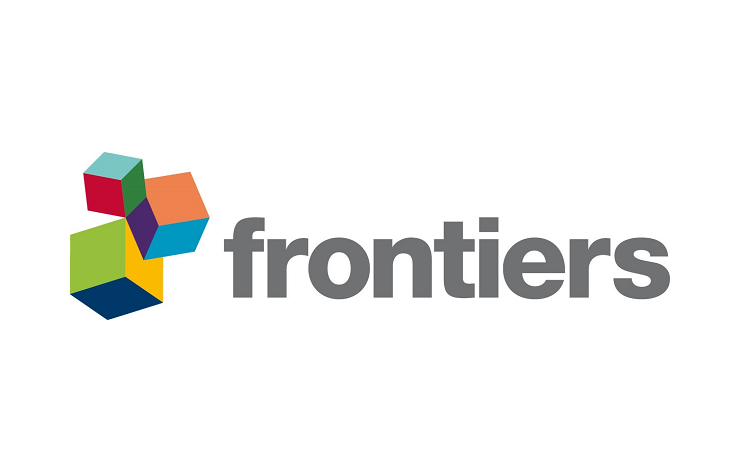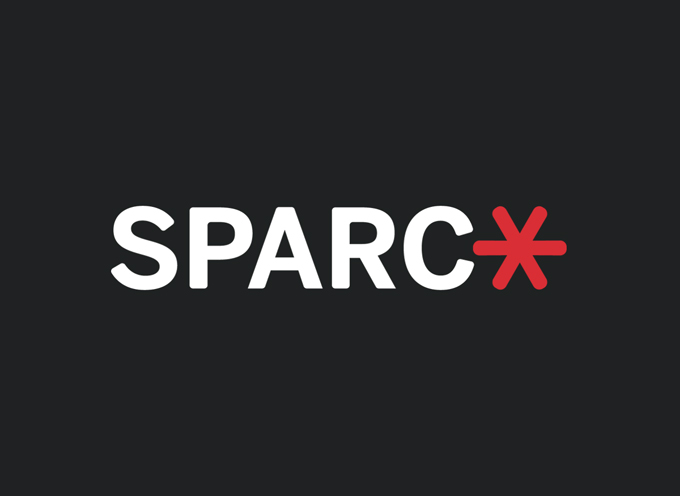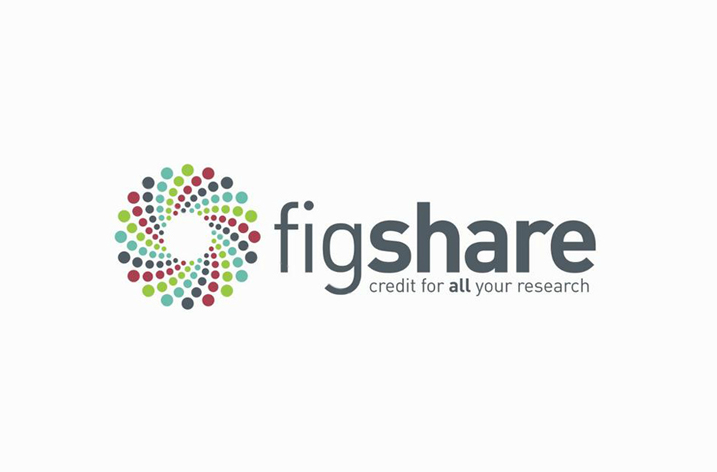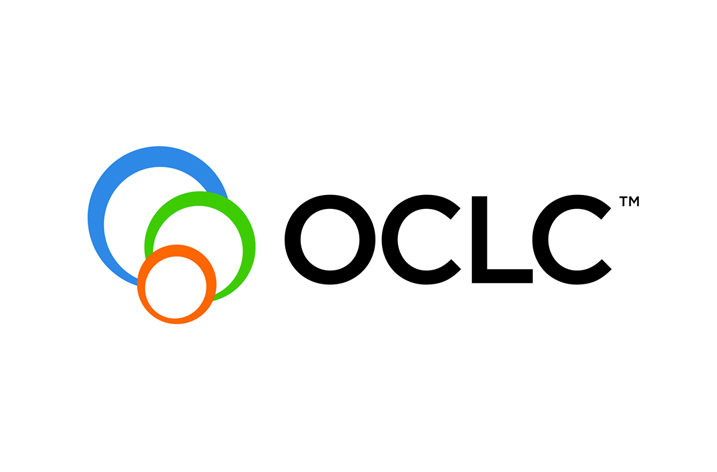
A report from Springer Nature launched today shows there is a tangible benefit to publishing academic books using immediate, or ‘gold’, open access (OA) models. The research found that such books are:
- Downloaded seven times more: On average, there are just under 30,000 chapter downloads per OA book within the first year of publication, which is 7 times more than for the average non-OA book.
- Cited 50% more: Citations are on average 50% higher for OA books than for non-OA books, over a four-year period.
- Mentioned online ten times more: OA books receive an average of 10 times more online mentions than non-OA books, over a three-year period.
As a pioneer of open research, Springer Nature is in a unique position to analyse the real effect of open access on books. Early to introduce open access options across monographs and shorter mid-form research such as Palgrave Pivot and SpringerBriefs, as of October 2017 Springer Nature has published more than 400 open access books on SpringerLink.
Carrie Calder, Business Development & Policy Director at Springer Nature said: “Our report goes further than previous research by presenting the first major comparative analysis of usage data. Now for the first time, we can show that the ‘open access effect’ is real for books.”
She adds: “We see the rise of open research, across books and data as well as journal articles, as important to advancing discovery, but the landscape for open access books is still evolving, with funders and publishers experimenting with different models. We encourage others to build upon the foundation of this report by continuing to assess metrics and authors’ and funders’ perceptions of OA over a longer period.”
A sample of 216 Springer Nature OA books and 17,124 non-OA books was included in the download analysis (using SpringerLink data), and 184 OA books and 14,357 non-OA books in the citations and mentions analysis (using data from Bookmetrix). The report also contains qualitative analysis from authors and funders.
Eelco Ferwerda, Director at OAPEN said: “Springer Nature is the first publisher able to clearly demonstrate the ‘OA effect’ for books. I hope it will help authors to appreciate the benefits of open access for research monographs.”
The report finds that increased visibility and a wider dissemination of research are the most popular motivations behind both publishing and funding OA books. There is widespread agreement that readers should not only be able to read publicly-funded research, but should also have equal access to knowledge.
Interviewed authors also stated that a benefit of OA is the ease in sharing books via direct links to encourage a wider readership, especially in regions where readers would not be able to afford a traditional print edition of the book.
Both authors and funders acknowledged feeling insufficiently informed about the implications of publishing books OA, and about how to measure impact, despite bibliometrics tools being at their disposal. There is a clear need for publishers to better communicate the effect of OA on their books.
The report finds a positive correlation between OA books and higher downloads, but acknowledges that causation cannot conclusively be proved. Open access is a relatively new business model for books, and there is at this stage insufficient data to give a complete overview of an OA book’s life. As books have a much longer lifespan than scientific articles, and because citations build up over time, it is not possible to say what the definitive trends are, such as when the overall citation and usage peaks occur during an OA book’s entire lifespan, until further research and analysis has been carried out.


























